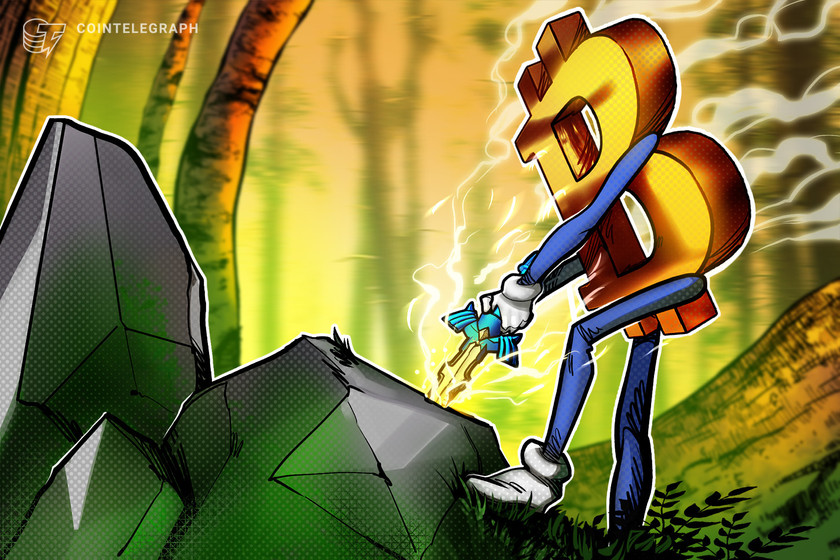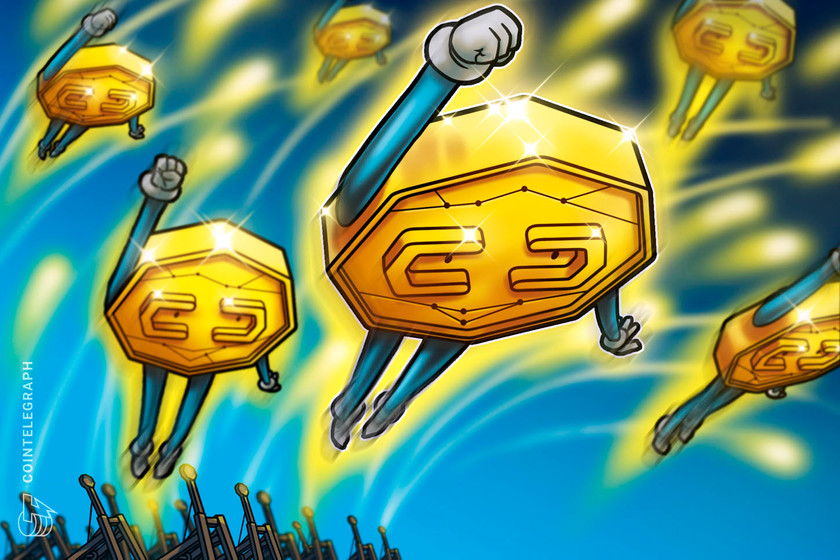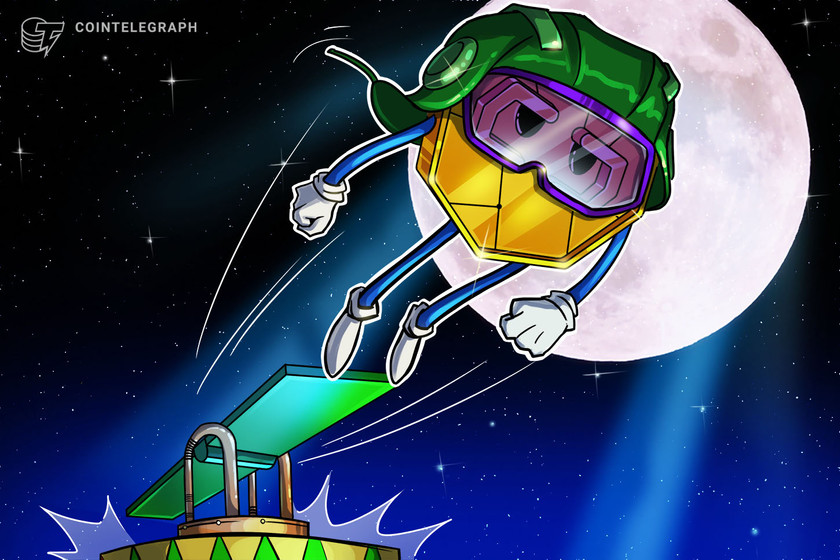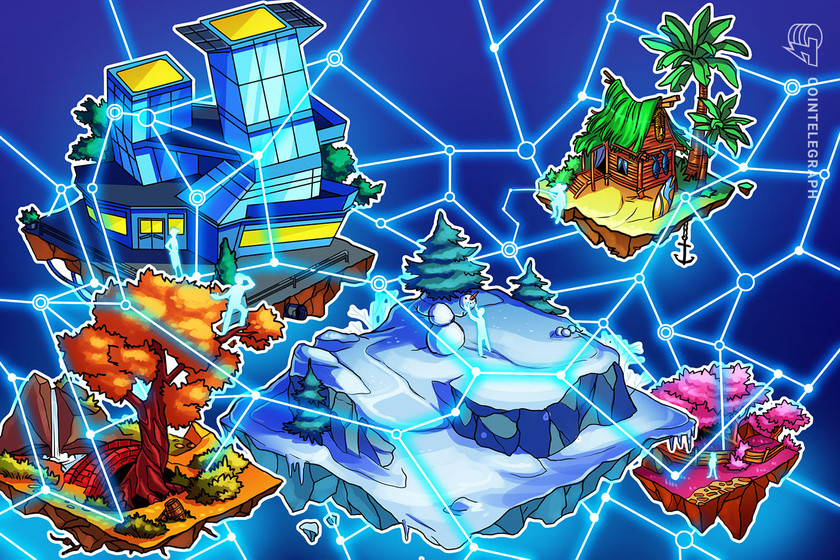IOTA makes 40%+ move after $100M ecosystem foundation announcement


IOTA price saw a high volume surge that took the altcoin to a near one-year high, but are there reasons to support further upside?
Iota, an open-source distributed ledger focused on the Internet of Things (IoT), saw its native IOTA token rally 43% on Nov.
According to a press release from the project, the foundation will be seeded with $100 million in IOTA tokens, which will be vested over a four-year period.
Historically, ecosystem and developer incentives by blockchain and DeFi protocols tend to attract liquidity to the project and boost market participants’ sentiment.
In August 2021, Avalanche’s AVAX (AVAX) token went on a 1,400% tear after the announcement of the Avalanche Rush decentralized finance (DeFi) incentive program.
A similar outcome was seen with Trader Joe’s JOE token in the months following December 2022 after the DeFi protocol announced plans to establish a presence on Arbitrum.
Currently, the Arbitrum ecosystem is hosting liquidity and developer incentives, and these initiatives align with the recent 62% resurgence in the ARB token’s price.
Was IOTA’s price move another sell-the-news event?
On Nov.
Funding Rate and Long/Short ratio at historical low! pic.twitter.com/wloZNoLMxu
— Coinalyze (@coinalyzetool) November 30, 2023
Traders often interpret funding rates and longs-to-shorts ratios as sentiment gauges and indicators of how active investors are positioned.






































